Anyone who frequents the internet will have come across YouTube and soon learned that what may have been planned as a quick information-seeking visit turns into several happy hours, as tempting suggestions are made as to what you might also be interested in seeing; another thing leads to yet another; and that is the afternoon gone. There is no more alluring — and of course, one insists to oneself, educational — primrose path than tapping into how a particular operatic aria has been sung by a variety of performers over the decades, so that what started out as a comparison between, say, Anna Netrebko and Renata Scotto as Mimi turns into a marathon search for the ideal rendering of ‘Si, mi chiamano Mimi’ and then on to other Puccini arias, and so on. It could be a lifetime, literally, before you had exhausted the ramifications of your search,
But with any luck you might soon get to that aria, or many others, as performed in a US series of TV programmes stretching from 1949 to 1963, in which very famous or hardly known singers performed for half an hour, courtesy of the House of Firestone Tire and Rubber Company, accompanied by a dodgy house orchestra conducted by a Stokowski lookalike, but emphatically not soundalike, called Howard Barlow. The guest singer was required to launch his or her programme by singing ‘If I could tell you of my devotion/ If my confession could give expression’, etc., a song composed by an interested partner, and then, introduced by a professional smiler of the time, to proceed to a mixed handful of songs and arias, clearly shot at various times, since the comical scenery and costumes change for each item; the pretence that it all happened in front of an audience is maintained by showing a collection of manic supersonic applauders — an identical lot for every artist, you soon notice.
This series was released on VHS in the 1980s, but only small selections have so far made it on to DVD. They are enormously worth seeking out, both for the powerful impact of so many wonderful and in some cases almost forgotten singers, and for social-historical purposes. The TV ambience of the time was still modelled on that of the music hall, and our contemporary flights of stairs and oversized stages, indicators of the status of the celebrities about to make an entrance, were not then dreamed of. They got down to business quickly, and in no time the greatest star of them all, Lauritz Melchior, perhaps the only genuine Heldentenor ever, and certainly by far the greatest, is to be seen in monkish garb singing Gounod’s ‘Ave Maria’, but with such intensity of feeling that you succumb. Three minutes later he has a top hat and cloak and is hymning the praises of Vienna. Then he is a clown, singing the great aria ‘Vesti la giubba’ with incomparable resources of beautiful tone, volume, and with an air of desperation that makes nonsense of the claim that he had a wonderful voice but couldn’t act. He is joined by a small girl and then by his wife Kleinchen for a song by Grieg, and then a short piece of piety ends the half-hour. Other appearances of his on The Voice of Firestone have him singing some of his most famous Wagnerian roles, though not dressed for them.
The whole set-up of this and similar series suggests an age of at least comparative innocence, but the singers themselves, many of whom had careers dating back to the 1920s and 1930s, who found refuge in the US from Europe’s regimes of oppression, are in all important ways as sophisticated and artistically committed as any who have succeeded them. What is bound to strike you immediately is the clarity of diction, with Melchior once more the perfect example. He sings, as Wagnerians of his generation and up till the early 1960s were trained to do, through the words, taking the enunciation of consonants to the limit without sacrificing legato lines. Verdians, too, as we can hear from the exemplary Jussi Björling, who, in the love scene from Act I of La Bohème¸ is partnered by Renata Tebaldi. They make an interesting study, she singing gorgeously but indecipherably, a harbinger of many performers who followed her. He, of course, had been singing for decades, while her career got under way after the war.
Once you’ve got hooked on The Voice of Firestone, I would recommend the Bel Canto Society, in which the soi-disant ‘world’s highest tenor’, Stefan Zucker, introduces performers of great distinction and contributes to discussions of their highly individual merits. That’s a big series of, again, mainly VHSs, after which you can return to YouTube for further stimulus.
Got something to add? Join the discussion and comment below.
Get 10 issues for just $10
Subscribe to The Spectator Australia today for the next 10 magazine issues, plus full online access, for just $10.
You might disagree with half of it, but you’ll enjoy reading all of it. Try your first month for free, then just $2 a week for the remainder of your first year.

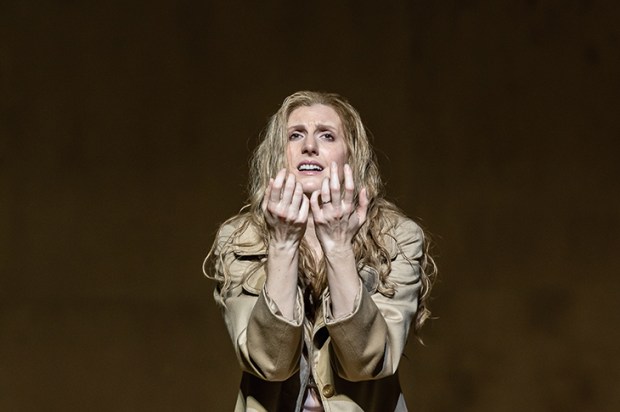
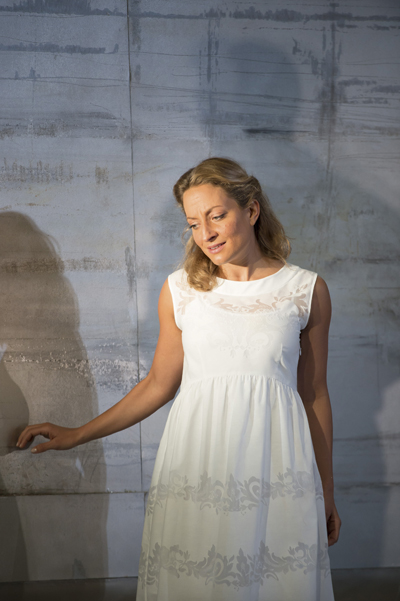
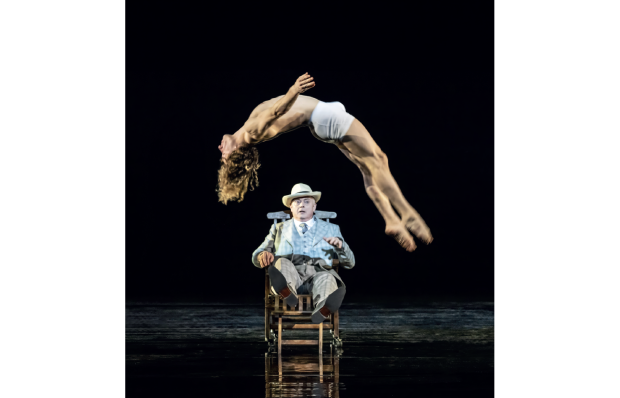
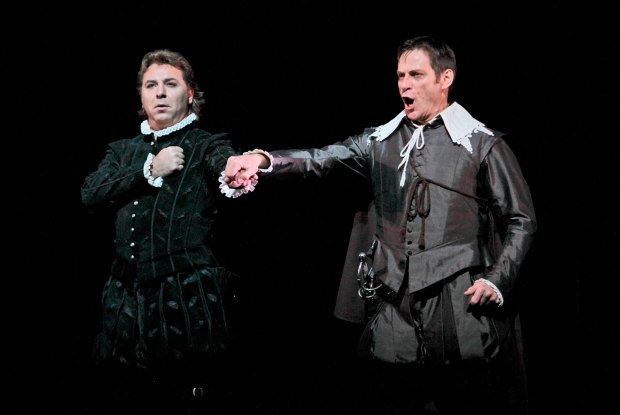
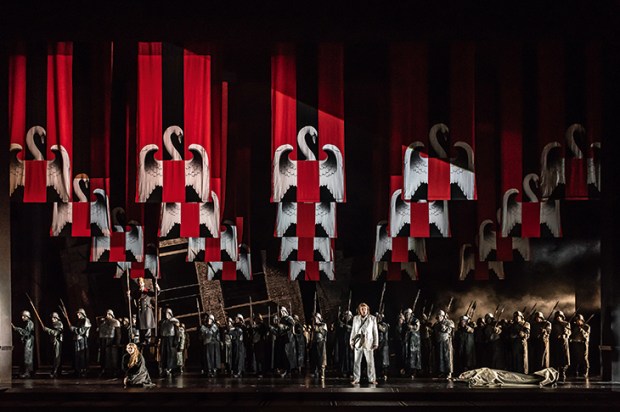






Comments
Don't miss out
Join the conversation with other Spectator Australia readers. Subscribe to leave a comment.
SUBSCRIBEAlready a subscriber? Log in